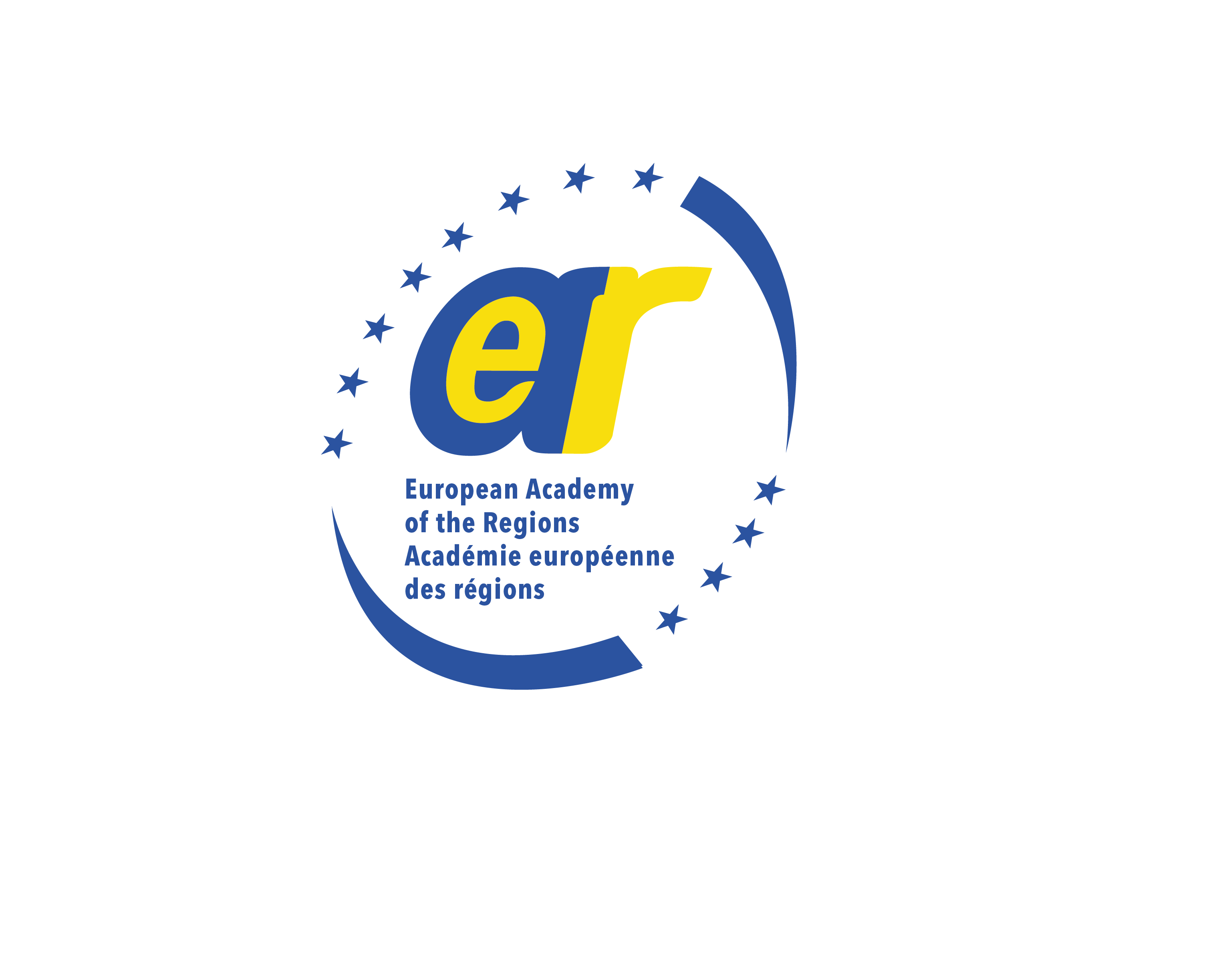If we are to make research and innovation strategies for smart specialisation (RIS3) a success in our regions we must be led by three clear principles. First, RIS3 is above all a process – an economic transformation using innovations for the wellbeing of a region.
Currently, high priority actions focus on a few crucial political and industrial business areas defined by regional decision makers.
Second, political decision makers need to start thinking about their region from the perspective of becoming innovation ecosystems built on strengthening human capital.
RELATED CONTENT
- Nicolas Singer: Interregional cooperation can help EU regions reach global potential
- Jerzy Buzek: Clusters form ‘the backbone of EU regional policy’
- Markku Markkula: Clusters can help EU rise to ‘grand societal challenges’
The key success factor is a positive attitude towards curiosity, creativity, entrepreneurship and knowledge-sharing based on the principles of open innovation.
And third, pioneering regions which open new avenues for European success in RIS3 policy develop their collaboration mentality and working culture based on crossing boundaries and creating European partnerships through the help of new digitalised open innovation platforms and processes.
These platforms consist of several parallel physical and virtual elements forming processes for a strong co-creation culture.
In the Committee of the Regions (CoR) we have produced opinions in recent years calling for pioneering regions to be forerunners in implementing the Europe 2020 strategy and through that in creating our desired future.
Lifelong learning and digitalisation are the cornerstones of this change in mind-set towards entrepreneurship and innovation.
We need a dynamic understanding of regional innovation ecosystems where the public, private and third sectors learn to operate together.
We need to modernise triple helix practices – creating more cooperation between companies, universities and cities – by increasing the role of citizens. In many cases citizens are the true drivers of development as customers but also as active contributors throughout the innovation processes.
We need methodologies that mobilise public-private partnerships and encourage people participation through user-driven open innovation and living labs.
We need to speed up change through scalability and implementation for the benefit of people throughout Europe. We must energise our urban ecosystems.
Digitalisation through apps, the cloud, and other services enables new forms of learning and collaborative work. This also means new ecosystem creation, evolution, and business models. This development should have a strong influence on urban planning and construction industries.
The innovation garden is a regional innovation ecosystem in my home city of Espoo, the second largest city in Finland with close to 300,000 inhabitants. We have an extensive €20m research programme called ‘energising urban ecosystems’ which uses a multi-dimensional urban development approach.
We combine physical and digital infrastructures on shared innovation platforms.
This means that city decision makers must address urban development challenges as a mutually complementing integrated system of urban infrastructures, socioeconomic objectives, enabling technologies and facilitating mechanisms. Different stakeholder groups are integrated in different ways.
We describe this as a smart urban design process with a strong human focus. This can be portrayed as a layered structure of built and natural environments, integrating physical and virtual platforms, human-centric applications and user-driven collaborative processes, which constitute the emerging socioeconomic system. It is argued that this ‘design’ should and could be improved with digital means and with enabling digital technologies.
Accordingly, in future cities (which are already emerging) hardware and ICT infrastructures become an integral part of urban infrastructures, ICT platforms merge with industry platforms, smart living labs and mobile apps complement human-centric living environments, eGovernance processes match with user-driven needs and systems, thus extending the reach, depth and relevance of the re-engineered socioeconomic realities.
Let me conclude by openly inviting and challenging the European commission’s DG Research, DG Regio and the joint research centre to form a team of experts to review the outcomes of this and previous Week of innovative regions in Europe (Wire) conferences.
This team will answer the following questions. How do we encourage regions to take a pioneering role? And how do we make use of the experiences of RIS3 strategies and their implementation processes in increasing the renewal capital of regions and giving a special focus on the role of decision makers?
I would also bring three to four experts from the CoR to participate in this co-creation process. Why do I offer this open challenge? I have contributed to three of the recent Wire conferences and I value their atmosphere and their key findings. However, the potential for its outcomes is much higher than is currently being made use of.
Learning is the key to innovation and we need to focus on our own learning processes – individually and collectively. Let us ensure future Wire conferences are instruments for European regions to become ever more innovative and learning-oriented.
Source: EU regional innovation must unite public, private and third sectors | The Parliament Magazine
